TPO – After being exploited at Soc Trang beach, the sea sand will be brought to the freshwater area of Hau River about 40km from the mine to wash away the salt. After more than 2 months of construction, the sea sand mine has brought more than 90,000m³ to the Can Tho – Ca Mau expressway project.
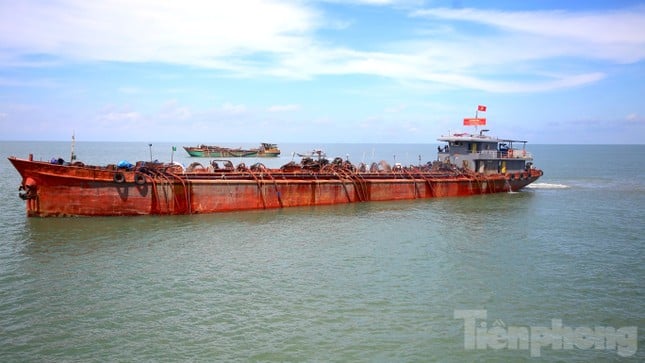 |
At the end of June, the People's Committee of Soc Trang province coordinated with the My Thuan Project Management Board (Ministry of Transport) to organize the groundbreaking of sea sand in Soc Trang for the North-South Expressway. Sea sand in sea area B1, about 40km from Tran De fishing port, Tran De district (Soc Trang). This is the first sea sand mine in the Mekong Delta region (MD) to be exploited to serve the filling of key projects according to the special mechanism of the National Assembly. |
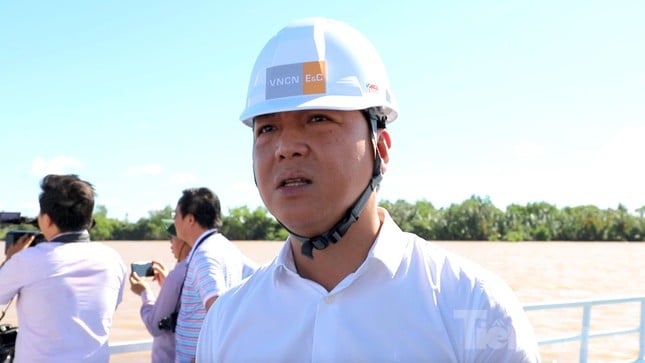 |
Mr. Do Minh Chau - Deputy Director of VNCN E&C Construction and Engineering Investment Joint Stock Company said that each sand ship delivered to the project site will have to undergo multiple salinity tests, and the results will be reported to local authorities for monitoring. |
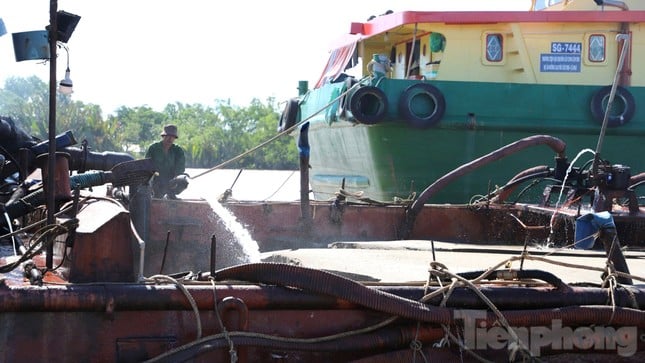 |
When the ship’s hold was full of sand, workers measured the salinity on site at 22 – 25‰. The ship then entered the transfer point (salt washing) on the Hau River section in Long Phu district, Soc Trang province. Here, workers pumped fresh water into the ship’s hold to wash and reduce the salinity of the sea sand. |
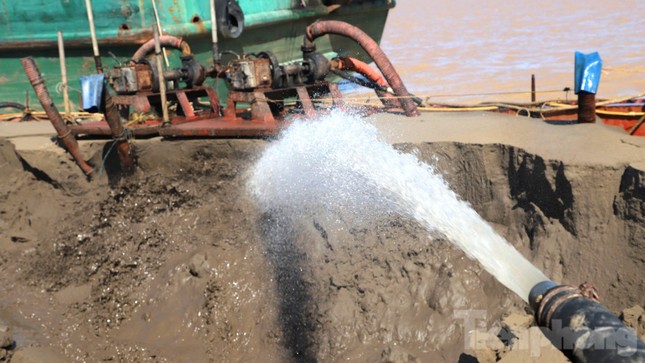 |
When the salinity of the sand is about 13-17‰, the sand is transferred from the suction ship to the barge. When the barge arrives at the construction site, the sand is once again pumped with water to wash and re-check the salinity. According to Mr. Chau, in Kien Giang and Ca Mau, the salinity of water measured in rivers and canals near the construction site is about 22-27‰, higher than the salinity of the sea sand after washing (the salinity of the sand after washing is about 20-22‰). According to the standard, the salinity of the filling material must be less than 5% - equivalent to 50‰. Thus, the quality of the sea sand after washing meets the regulations of the transport sector in road leveling. |
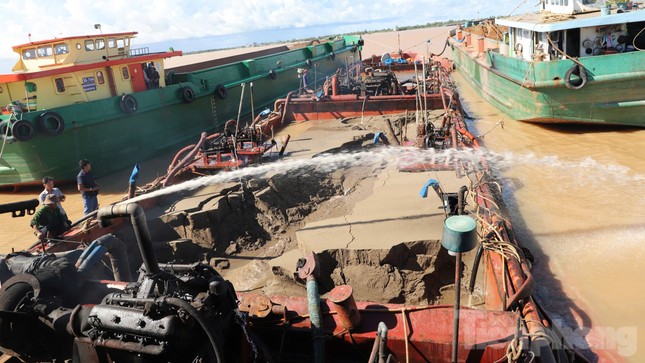 |
However, according to Mr. Chau, because this is the first time sand exploitation has been organized to serve the construction of a highway project, the relevant units are still confused about the procedures, exploitation plans and extremely difficult exploitation conditions such as rough seas, strong winds, long transportation routes, etc., leading to the amount of sand brought to the construction site not reaching the expected level. Sand exploitation vessels operating at sea are limited in number, are only registered and operate by area and by project. Therefore, the mobilization of vessels to meet the project capacity is still slower than expected. |
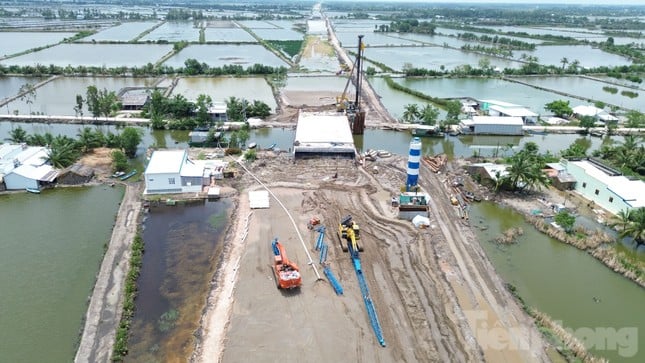 |
After more than 2 months of construction, the total volume of sea sand brought to the project is now more than 90,000m3. In early September 2024, the exploitation capacity was increased by 5,500m3/day, bringing the total to nearly 18,000m3 of sea sand/day. Currently, the contractor continues to mobilize more exploitation equipment to ensure reaching 20,000 - 30,000m3/day, to meet the project's progress needs. |
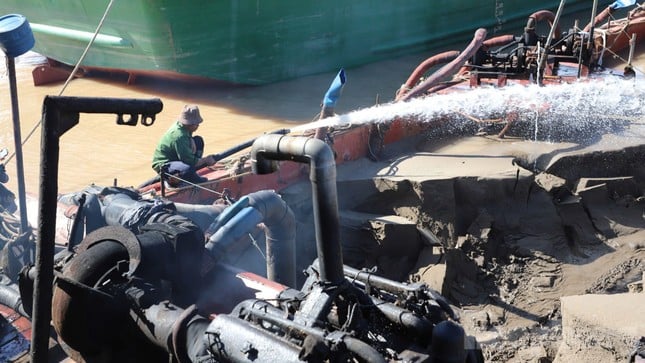 |
To transport sand from Soc Trang sea to the Can Tho – Ca Mau expressway project, ships must travel more than 180km, taking about 32-34 hours. Photo: PV |
Previously, the People's Committee of Soc Trang province issued a confirmation of areas B1.1 and B1.2 to VNCN E&C Construction and Engineering Investment Joint Stock Company to exploit and serve the construction of the Can Tho - Ca Mau Expressway Project.
On June 29, the contractor began exploiting sea sand. The method of exploiting sea sand in area B1 of Soc Trang province is to use the suction nozzles of turtle ships running along the sand surface on the seabed. The sea area for sand exploitation is limited by the competent authority by four corner points with specific coordinates. The permitted depth of exploitation is 7.5m, the permitted height is 5m from the sea surface. The term of exploitation of sea sand is until December 21, 2024. The time for relevant units to exploit minerals is from 7am to 5pm every day (no exploitation at night).
The Can Tho – Ca Mau Expressway Project started construction on January 1, 2023, with a length of more than 110km, a total investment of more than VND 27,500 billion, from the state budget. The project is divided into 2 component projects, including: Can Tho – Hau Giang Component Project with a length of more than 37km and Hau Giang – Ca Mau Component Project with a length of more than 73km. The expressway is expected to be completed in 2025.



![[Photo] Chinese, Lao, and Cambodian troops participate in the parade to celebrate the 50th anniversary of the Liberation of the South and National Reunification Day](https://vphoto.vietnam.vn/thumb/1200x675/vietnam/resource/IMAGE/2025/4/30/30d2204b414549cfb5dc784544a72dee)
![[Photo] The parade took to the streets, walking among the arms of tens of thousands of people.](https://vphoto.vietnam.vn/thumb/1200x675/vietnam/resource/IMAGE/2025/4/30/180ec64521094c87bdb5a983ff1a30a4)


![[Photo] Cultural, sports and media bloc at the 50th Anniversary of Southern Liberation and National Reunification Day](https://vphoto.vietnam.vn/thumb/1200x675/vietnam/resource/IMAGE/2025/4/30/8a22f876e8d24890be2ae3d88c9b201c)

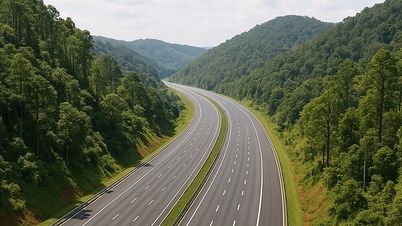


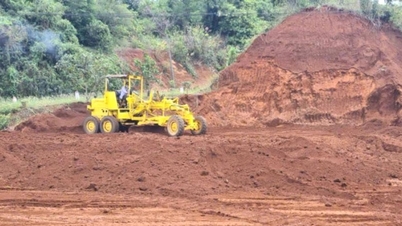
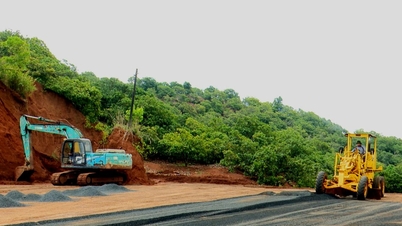


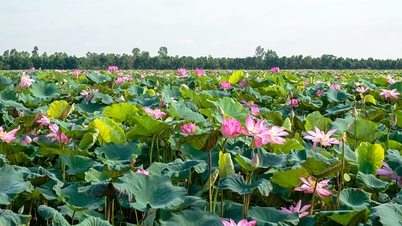













![[Photo] Performance of the Air Force Squadron at the 50th Anniversary of the Liberation of the South and National Reunification Day](https://vphoto.vietnam.vn/thumb/1200x675/vietnam/resource/IMAGE/2025/4/30/cb781ed625fc4774bb82982d31bead1e)















































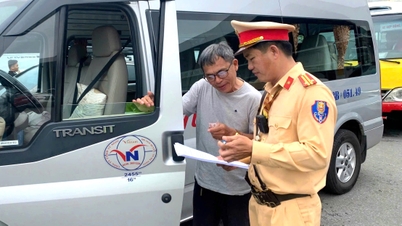



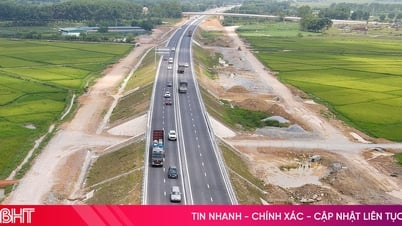














Comment (0)